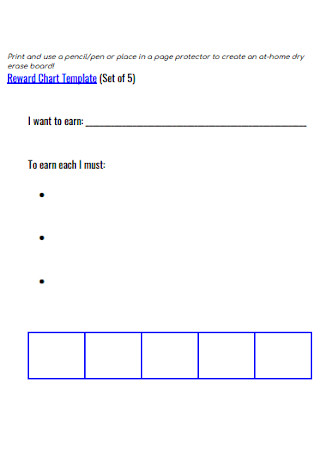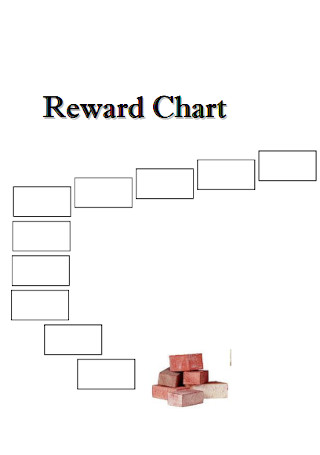3+ Sample Reward Charts for Kids
FREE Reward Chart for Kids s to Download
3+ Sample Reward Charts for Kids
What are reward charts for kids?
Types of Reward Charts for Kids
How to make and use a reward chart for kids?
FAQs
How to effectively use a reward chart?
What not to do in using a behavior chart for kids?
How old are the children using reward charts?
What are reward charts for kids?
Reward charts are any form of written or printed wall posters, wall writings, charts, phone applications and toys. These are used to track daily chores or motivate child into doing simple or hard tasks attainable by them. These are usually full of pictures and colors to attract the child. Reward charts identify or depict a good behavior or objective that you want your kid to attain, such as brushing their teeth, doing their assignments or simply taking a bath. reward charts for kids are also similar to behavior chart for kids.
A reward chart for kids may be used to reinforce a wide range of actions for kids. One popular application is to motivate youngsters to do daily tasks. Another application is to recognize and reward positive conduct. As simple as them making their beds, tidying up their toys without being asked, or saying good words are all examples of this. Charts for rewarding behavior may not have to be focused on a specific behavior. When a parent notices that their child is doing something particularly well, they can add another mark to the child’s chart. The chart will keep track of how your child is progressing toward his behavior target. The templates like the ones above are merely components of a child-reward system in which you would add a sticker or some other type of sign on the chart whenever your child displays positive behavior. You can reward your child for his accomplishments once he has received an agreed-upon amount of stickers or symbols.
Types of Reward Charts for Kids
There ae several types of reward charts for kids. You can experiment in trying the different types and settle for what works best for you kids.
How to make and use a reward chart for kids?
When creating a rewards chart, it is best to involve your child as much as possible. When they are hands on, they become more invested and understand things better, so encourage them to join you as you make it with the help of these steps.
Step 1: Describe the desired behavior
After having observations on your child, pick a specific task you want them learn in detail and in a favorable manner. This should be attainable according to their ages.
Step 2: Download a chart or make one
You may write on a bond paper the things like “If I do this, I’ll get a cake at the end of the week” and bullet the things the child has to do. Make the chart fun. This could be a toy like a car that moves forward or backward that serves as placement of the child towards the reward within the week. As long as this serves the goal, be creative as possible.
Step 3: Give the child short term rewards
Praise maybe simple but it is an effective disciplinary approach for improving conduct. When you point out when your child is following the rules or tell them how much you appreciate their cooperation, they will be more likely to continue doing so. You can ask the child what he or she wants after completing a set of task. It does not have to be expensive. You could give them stickers, they can collect up to a certain number, as small rewards within a span of time before the big reward.
Step 4: Communicate
Converse with your child on what’s up with the chart. Your child may not know what is going on or they may forget that the chart even exists that is why there is a need to remind them that there awaits a reward for them if they do the task.
Step 5: Know when to stop
There are times when the chart isn’t effective anymore and even though you keep reminding the child, it still gets ignored. This is when you try to make another approach. Try another chart or another reward system until the child’s attention is captured.
FAQs
How to effectively use a reward chart?
Recognize when the child is behaving well – you must be especially sensitive to a child’s behavior. Direct acknowledgement and praise are excellent methods for reinforcing positive behavior.
What not to do in using a behavior chart for kids?
Choose rewards that aren’t always available for them. You need to be wise about what you offer as a reward. Otherwise, the reward system won’ be appetizing for the child.
How old are the children using reward charts?
Any child who is able to understand the system may use a reward chart.
Young kids like to chase fun so make sure the reward charts for kids that you chose have fun colors and visuals. Choose stickers for reward charts that are appealing to you children or let them choose. This will not only make things easier for parents, but this will also make learning fun and motivating for kids. Find reward chart ideas that work best for you and your kids or you can download the free printable reward charts above. Good luck!



